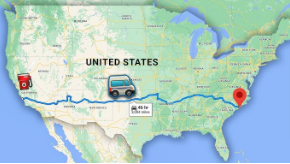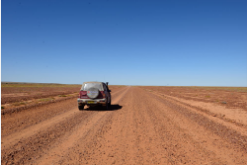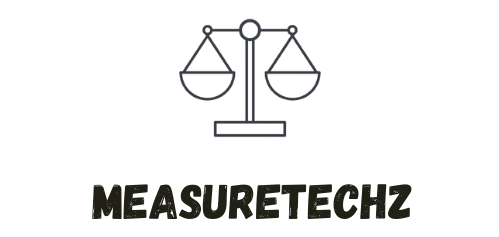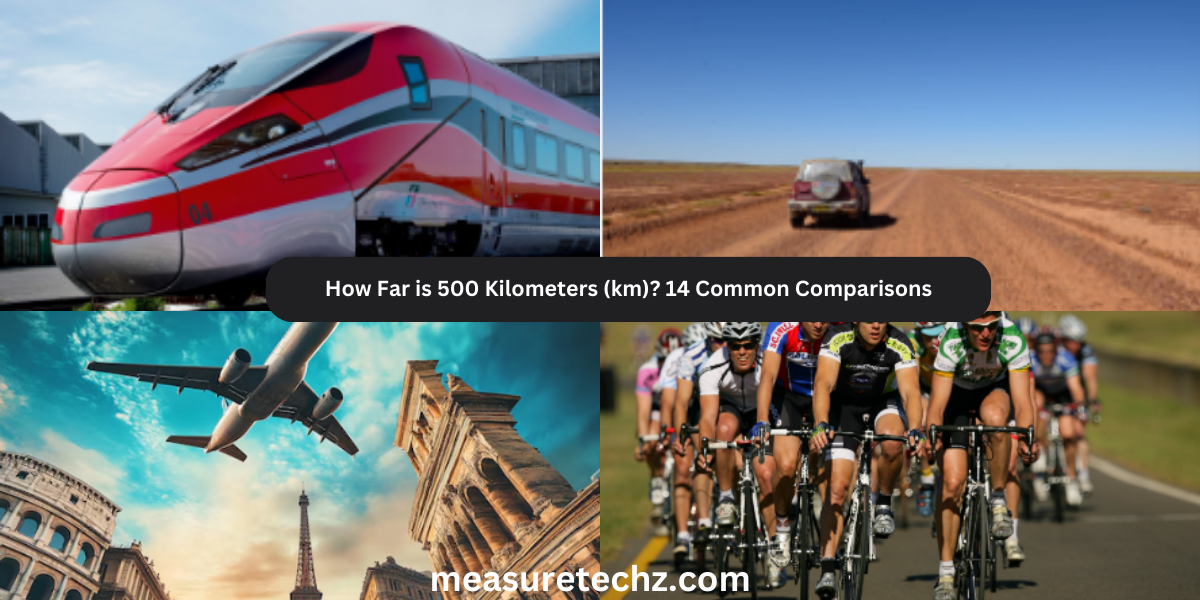Have you ever wondered just how far 500 kilometers (km)? really is Whether you’re planning a road trip, comparing distances, or simply satisfying your curiosity, understanding this distance in relatable terms can be incredibly helpful. In this article, we’ll explore how far 500 km is through 14 common comparisons, breaking it down into practical examples and real-world scenarios. By the end, you’ll have a clearer sense of just how far this distance stretches.
Understanding 500 Kilometers
Before diving into comparisons, let’s start with the basics:
500 kilometers equals 310.69 miles. This conversion is useful for those more familiar with the imperial system.
At a steady driving speed of 100 km/h (62 mph), it would take 5 hours to cover 500 km by car.
- Flight duration: For a commercial airplane cruising at 800 km/h (497 mph), traveling 500 km would take around 40 minutes.
- Walking or running: For an average person walking at 5 km/h (3 mph), it would take 100 hours or about four days of non-stop walking to cover this distance.
There are 14 Common Comparisons to Visualize 500 Kilometers
1. Driving from New York City to Washington, D.C. (Approximately 360 km)

While slightly shorter than 500 km, a road trip from NYC to Washington, D.C., gives you a good idea of the distance. Driving another 140 km would get you close to Richmond, Virginia.
2. Crossing a Small Country
500 km is comparable to crossing small countries like Belgium (280 km wide) or Switzerland (348 km long).
3. The Length of a Marathon, 12 Times

A standard marathon is 42.195 km. Running 12 marathons back-to-back would cover roughly 500 km.
4. High-Speed Train Journeys

High-speed trains like France’s TGV or Japan’s Shinkansen travel at 300-320 km/h. At this speed, 500 km would take approximately 1 hour and 40 minutes.
5. A Flight Across European Cities

Many flights between European capitals span distances of about 500 km. For example, flying from Berlin to Prague (approximately 360 km) is a journey of similar length.
6. Driving Across a U.S. State

In states like Colorado (451 km wide) or Kansas (645 km wide), a 500-km drive could take you from one border to another.
7. The Length of 5,000 Football Fields

A standard football field, including end zones, is about 100 meters long. Covering 500 km means traversing 5,000 football fields end-to-end.
8. Walking the Camino de Santiago

The Camino de Santiago pilgrimage route in Spain is roughly 500 km depending on the path taken. Completing this journey can take 3-4 weeks for hikers.
9. Space Travel Comparisons
500 km is roughly the distance from Earth’s surface to low Earth orbit (LEO). Satellites like the International Space Station (ISS) orbit at an altitude of approximately 408 km.
10. Crossing the English Channel 10 Times

The width of the English Channel between Dover (England) and Calais (France) is about 50 km. Crossing it 10 times equals 500 km.
11. Cycling a Competitive Distance

Professional cyclists in races like the Tour de France often cover stages ranging from 150 to 250 km per day. A 500-km stretch could take two full days of intense cycling.
12. Driving in Australia’s Outback

Driving between remote towns in the Australian Outback often involves distances of 500 km or more. For example, the trip from Alice Springs to Uluru is about 460 km.
13. Stretching 500,000 Meters
Breaking it down further, 500 km equals 500,000 meters. For perspective, this is 5 million centimeters or 50 million millimeters.
14. Crossing Major Rivers

500 km is equivalent to traveling the length of major rivers like the Rhône River in France or the Rio Grande in the U.S., both of which have sections spanning this distance.
Practical Applications of Understanding 500 Kilometers
1. Travel Planning
Knowing how far 500 km is helps you estimate travel times and costs, whether you’re driving, flying, or taking public transportation.
2. Fitness Goals
For runners, cyclists, or walkers aiming to set a cumulative distance goal, 500 km is an achievable yet challenging milestone.
3. Geographic Context
Understanding 500 km helps in visualizing distances on a map, making it easier to comprehend global and regional scales.
Conclusion
500 kilometers may seem abstract at first, but comparing it to real-world scenarios helps bring this distance into perspective. Whether it’s the length of 12 marathons, the width of a country, or a journey through space, these examples showcase just how far 500 km stretches. Next time you encounter this distance, you’ll have a clearer idea of what it truly represents.

